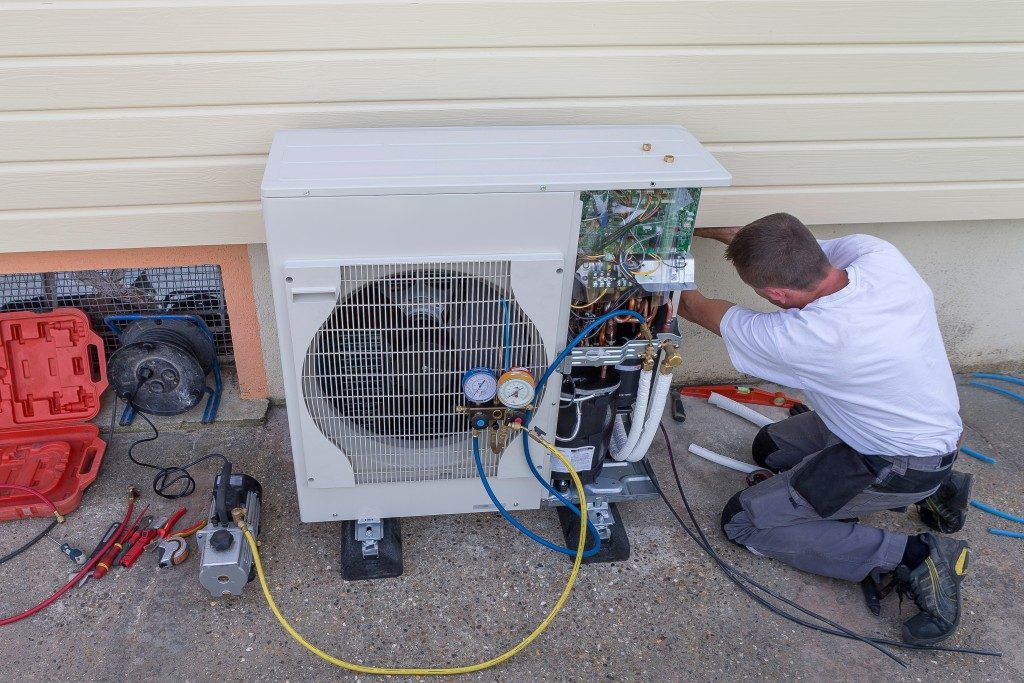An air conditioning unit is one of the essentials in ensuring comfort within your home. It works by exchanging a refrigerant between an indoor evaporator coil and an outdoor condenser coil. Pitting and formicary corrosion are the leading issues that affect HVAC coils. Pitting corrosion is attributed to exposure to fluoride and chloride ions from detergents, cleaners, and carpets. Formicary corrosion arises from exposure to formic or acetic acids present in solvents, paints, adhesives, plywood, insulation, and most building materials.
Both forms of corrosion lead to the leakage of air conditioning refrigerants often picked during an AC service by Riverton-based professionals. With most indoors exposed to chloride and fluoride ions, coil replacement is one of the commonly undertaken yet expensive ventures in HVAC maintenance. To minimize the risk of corrosion on your HVAC coils, a professional might recommend one of the following protective coatings for them.
Polyurethane
This comes in different formulations. Polyurethane coatings for AC coils can be as sticky as glue, soft as foam, bouncy as rubber or hard as fiberglass. The coatings are generally inexpensive and flexible. With a thickness of 25-50 microns, these thin coatings suffice for the tight interiors of HVAC units and have minimal effect on heat transfer. Polyurethane coil coatings are, however, not as durable and resilient as other coatings.
Phenolic-based or epoxy
These are the least expensive AC coil coatings. Epoxies have an exceptional chemical and heat resistance that informs their use on the protection of floors. These coatings, however, have poor adherence and flexibility and are quite thick with micron ratings of 50-100. These properties make them challenging to apply onsite. To this end, an HVAC installer will disconnect the coils in your system and ship them to a factory for the installation of an epoxy coating. The thickness of this coating also minimizes the heat transfer to your coils from the air that, in turn, reduces your unit’s efficacy and capacity. They are hence suitable for newer HVAC units where the losses for heat transfer are accounted for in the designs.
Fluoropolymers
These have a high resistance to the effects of acids, bases, and solvents on coils. Fluoropolymers are applied through a thermal sintering process or as electrostatic powder coatings. There nonetheless exist sprays used for DIY coil coating. The sprays are, however, not as effective. Though expensive, professionally-applied fluoropolymers are durable and will offer optimal protection of your HVAC coil.
Silanes
These form a thin coating around your coils and have minimal impact on the heat transfer of your unit. Silanes are available in varying levels of hydrophobicity, scratch resistance, and flexibility. They are resistant to corrosion and cracking and quite durable when properly applied. Silane coatings are, however, not as easy to apply onsite and are thus applied in off-shore centers where the coils will be thoroughly cleaned and prepared before their application.
The above coatings will in no way negate the routine professional maintenance of your HVAC unit. The unit should still be periodically cleaned using a PH balanced or alkaline coil cleaner. These clear any accumulated deposits on the coils and boost the efficacy and durability of your air conditioner.

